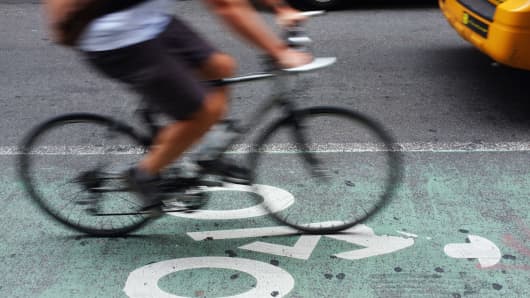Whether by choice or through financial reality, the percentage of American households without a car has doubled over the past two decades—and is now approaching 1 in 10.
The impact of this trend could be significant, especially when it comes to alternatives to driving, such as car-sharing and mass transit, according to research by CNW Marketing.
"While the recession was in large part responsible for the latest spurt, the trend was already clear," said CNW's research chief Art Spinella, "A growing number of Americans felt they didn't need or want a personal car."
(Read More: Younger Americans: No House, No Car, Less Debt)
According to CNW data, the number of U.S. households without a car stood at a modest 5.7 percent in 1991. That figure stayed relatively stable through the early part of the new millennium. But it has been increasing slowly since then, with a "rapid rise" beginning in 2007. By last year, the total number of carless households hit 9.3 percent.
(Read More From the Detroit Bureau: Sales Soaring, Detroit Makers Trim Summer Break to Boost Production)


